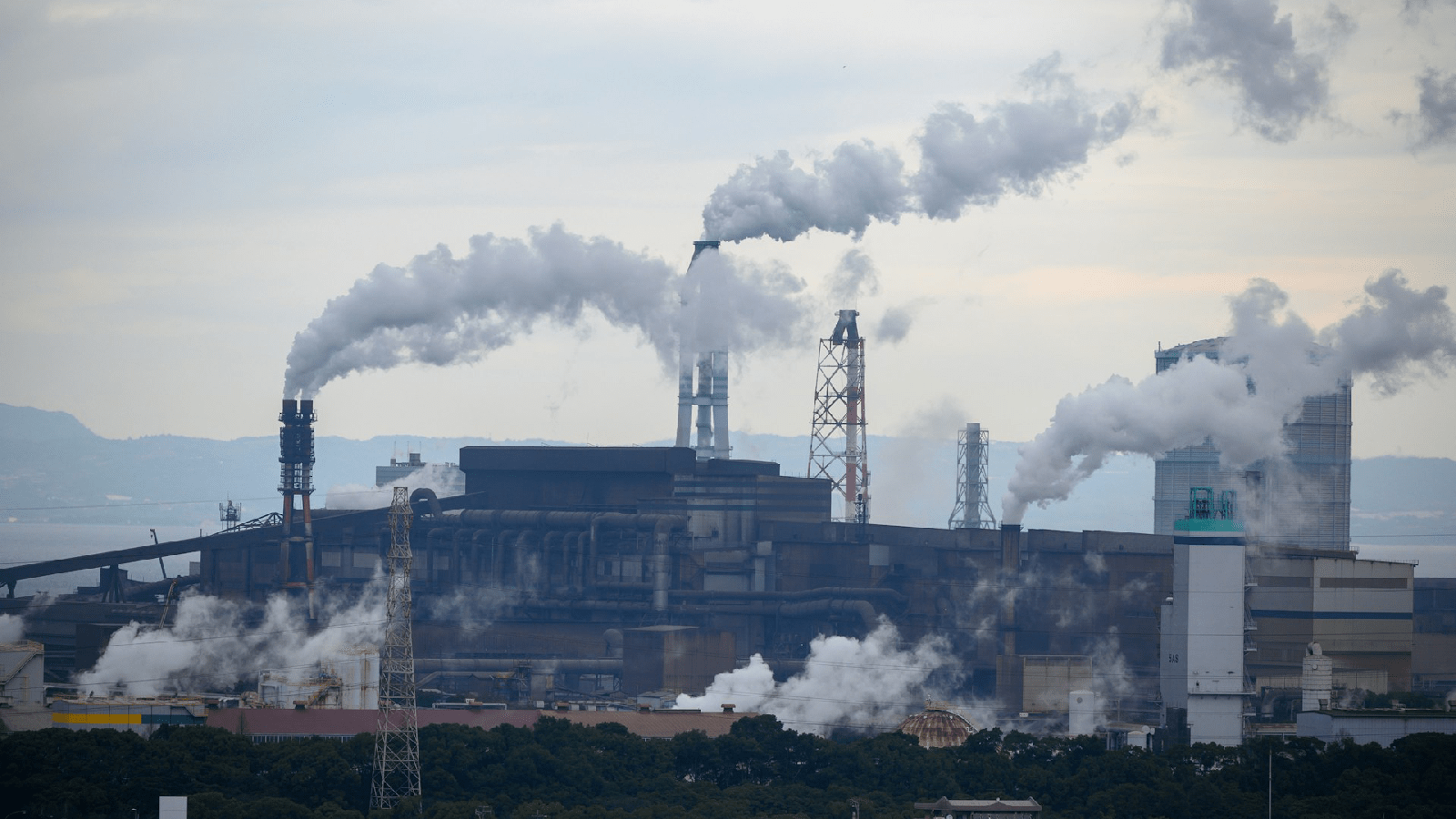Buildings can create a lot of global warming carbon pollution, from the electricity for lights and appliances to the oil or gas used to power the furnace.
But a huge part of a building’s carbon footprint is generated before the building is even constructed.
This is what’s called “embodied carbon.”
Sullens: “Embodied carbon is really all those upfront emissions that happen during the harvesting, extraction, transportation, and then installation of materials that go into buildings.”
Wes Sullens is with the nonprofit U.S. Green Building Council.
Some of these materials create a surprising amount of carbon pollution.
Cement alone is responsible for about 8% of the world’s carbon dioxide emissions. Iron and steel production emit roughly the same.
But Sullens says there are ways to reduce the embodied carbon of new construction, starting with designing buildings in ways that minimize the amount of materials needed.
Builders can also consider substituting carbon-intensive materials such as concrete and steel with greener materials like sustainably grown wood.
Sullens says that if the embodied carbon of every new building were reduced by even a small amount, the savings would add up.
Sullens: “It makes a huge impact.”
Reporting credit: Ethan Freedman/ChavoBart Digital Media
Source link


